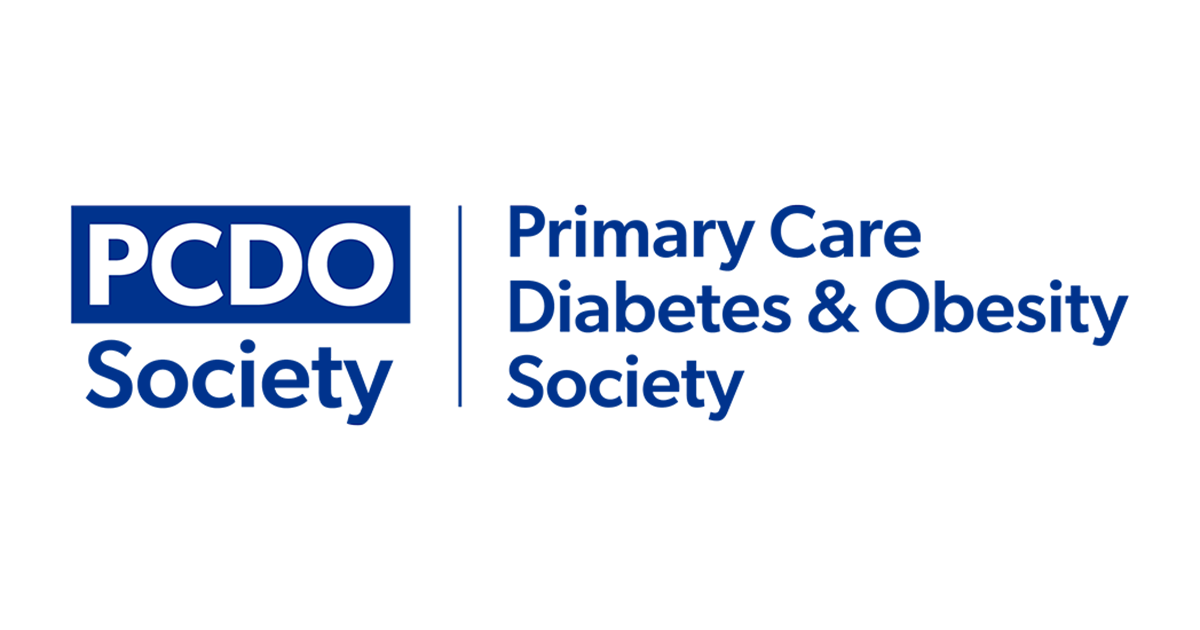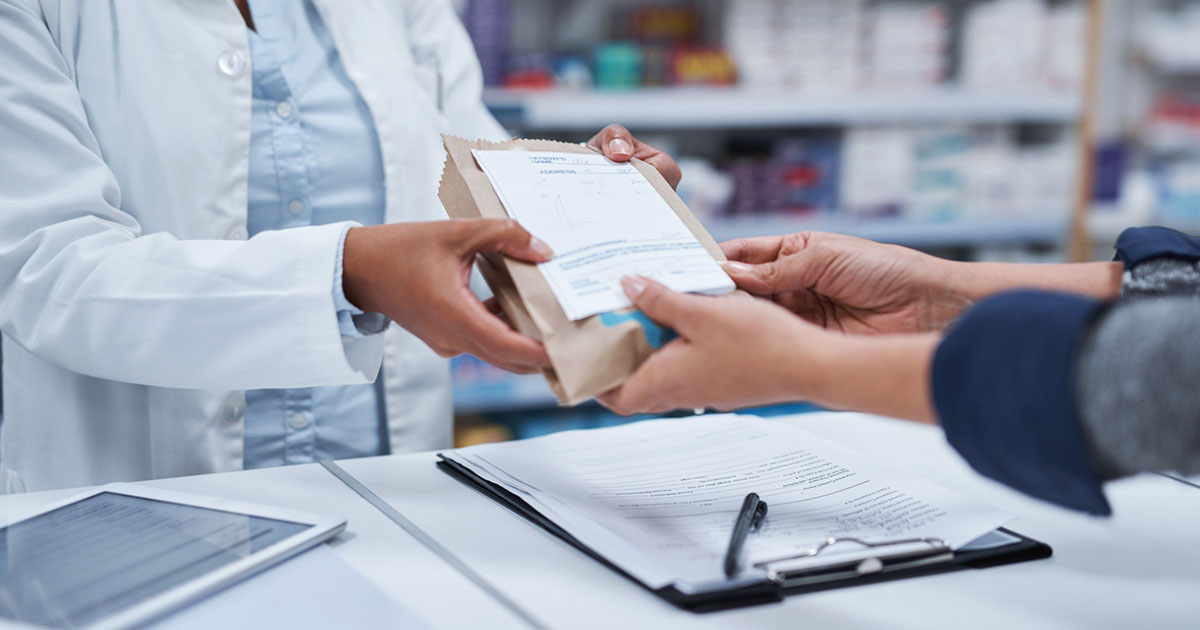Hypoglycaemia is a well-known consequence of treatment of diabetes, particularly in patients with type 1 diabetes. The Diabetic Control and Complications Trial (DCCT, 1993) and the United Kingdom Prospective Diabetes Study (UKPDS, 1998) clearly showed that achieving near euglycaemia is of vital importance and is certainly in the best interest of all patients with diabetes. However, with intensive treatment of diabetes hypoglycaemia becomes almost inevitable. The dangers of recurrent hypoglycaemia are not always appreciated, and treatment and patient education is often focused on minimising hyperglycaemia. Recurrent hypoglycaemia (recognised or not) leads to impaired hypoglycaemia awareness and creates a vicious cycle of hypoglycaemia begetting further hypoglycaemia.
Symptoms of hypoglycaemia
Symptoms of hypoglycaemia can be divided into two broad categories: autonomic (or neurogenic) and neuroglycopaenic. Autonomic symptoms are the result of discharge of the autonomic nervous system triggered by hypoglycaemia while neuroglycopaenic symptoms are the direct result of glucose deprivation in the brain. (Figure 1). A major difference between these symptom responses is that, once triggered, the autonomic response quickly reaches a maximum intensity that gradually declines with time, whereas the neuroglycopaenic response becomes more profound the further the blood glucose level falls (Frier and Fisher, 1999).
Glycaemic thresholds
When plasma glucose levels fall, a typical and usually predictable, sequence of responses ensues (Figure 2). There is a distinct hierarchy of responses to falling plasma glucose that provides an opportunity to avoid dangerous hypoglycaemia. This natural system of glucose counter-regulation is normally extremely effective in preventing or quickly correcting hypoglycaemia. It is important to notice that falling insulin concentrations and rising glucagon and adrenaline provide the first three major defences against hypoglycaemia. Cortisol and growth hormone, even though they are involved in defence against hypoglycaemia, are not critical to recovery.
As shown by Amiel et al (1988) these glycaemic thresholds are not static and tend to shift upwards to higher plasma glucose concentration following prolonged hyperglycaemia (i.e. poorly controlled diabetes) and downwards to lower plasma glucose concentration following episodic hypoglycaemia (i.e. tightly controlled diabetes, insulinoma).
Impaired hypoglycaemia awareness
Hypoglycaemia unawareness is a common problem in type 1 diabetes that occurs in varying severity in approximately a quarter of all patients and becomes more common with increasing duration of insulin treatment (Hepburn et al, 1990). It is also seen in type 2 diabetes after treatment with insulin for several years, and becomes a more frequent clinical problem as the disease progresses and the patient approaches the insulin deficient end of the spectrum of type 2 diabetes (Segel et al, 2002). It is not entirely clear whether this phenomenon occurs in patients with type 2 diabetes who are treated with oral hypoglycaemic agents only.
Hypoglycaemia unawareness is characterised by loss of autonomic warning symptoms before the development of neuroglycopaenia. The patient is unable to take action (eat food) to abort the episode because of the absence of early warning symptoms, and the first clinical manifestation of hypoglycaemia is neuroglycopaenia. Hypoglycaemia unawareness is associated with intensive insulin therapy, prolonged duration of diabetes, frequent episodes of hypoglycaemia, and impaired glucose counter-regulation. Affected patients have a six-fold higher rate of hypoglycaemia than patients who retain normal awareness of hypoglycaemia (Gold et al, 1994).
Hypoglycaemia unawareness is mostly observed in patients with tightly controlled diabetes who, due to previous recognised or unrecognised episodes of recurrent hypoglycaemia, tend to have a shift of glycaemic threshold towards lower plasma glucose levels. The adrenaline response is therefore markedly attenuated or even absent in these patients and much lower plasma glucose concentrations are required to elicit it; a level at which patient may not be able to take action to abort the attack due to failing cognition and clouded sensorium (neuroglycopaenia). Heller and Cryer (1991) demonstrated that even a single episode of hypoglycaemia is sufficient to partially attenuate adrenaline secretion and the symptoms associated with hypoglycaemia. Patients with tightly controlled diabetes are able to ‘tolerate’ hypoglycaemia better (i.e. exhibit hypoglycaemia unawareness) mainly because of the shift of glycaemic threshold to lower plasma glucose levels.
Pathophysiology of hypoglycaemia unawareness
Patients with established type 1 diabetes (C-peptide negative) have already lost the first two defences against hypoglycaemia i.e. the fall in insulin levels (they are dependent on exogenous insulin resulting in therapeutic hyperinsulinaemia) and the increase in glucagon that is probably the direct result of absolute insulin deficiency. These patients are dependent on the third defense against hypoglycaemia – the increased adrenaline release, which is largely blunted in tightly controlled patients due to recurrent antecedent hypoglycaemia leading to a glycaemic threshold shift to a lower glucose level. This is the clinical syndrome of defective glucose counter-regulation i.e. an attenuated adrenaline response to falling plasma glucose concentrations in the setting of an absent glucagon response (Cryer, 1997).
The concept of hypoglycaemia associated autonomic failure (HAAF) was proposed by Cryer in 1992 to unify the pathogenesis of hypoglycaemia unawareness and defective glucose counter-regulation in type 1 diabetes and has recently been shown to be applicable in type 2 diabetes as well (Segel et al, 2002). It states that recent antecedent iatrogenic hypoglycaemia causes both defective glucose counter-regulation (by reducing the adrenaline response in the setting of an absent glucagon response) and hypoglycaemia unawareness (by reducing the autonomic symptom response). It is a disorder which by reducing both symptoms of and defense against developing hypoglycaemia results in recurrent iatrogenic hypoglycaemia, thus creating a vicious cycle (Figure 3).
Is hypoglycaemia unawareness reversible?
Hypoglycaemia unawareness can be reversed by as little as 2 weeks of meticulous avoidance of iatrogenic hypoglycaemia in most affected patients (Fanelli et al, 1994). This involves a shift of glycaemic thresholds for autonomic and symptomatic responses back toward higher plasma glucose concentrations. Episodes of hypoglycaemia lead to hypoglycaemia unawareness through a combination of reduced catecholamine responses and reduced b-adrenergic sensitivity, and avoidance of hypoglycaemia restores awareness by reversing either or both of these defects (Fritsche et al, 2001). In other words, reduced sensitivity to catecholamines contributes to the pathogenesis of hypoglycaemia unawareness and defective glucose counter-regulation in type 1 diabetes.
Diagnosis
Identification of hypoglycaemia unawareness (which also suggests defective glucose counter-regulation) is based mostly on clinical history. Hypoglycaemia unawareness should be suspected whenever HbA1c is in the normal range and patient does not report autonomic symptoms when their blood glucose level is <4.0mmol/l. If hypoglycaemic episodes are not apparent to the patient or in the home glucose diary, they are probably occurring during the night. These patients should be questioned in detail about their ability to detect the onset of hypoglycaemic symptoms.
It is important to realise that a diagnosis of hypoglycaemia unawareness cannot be made in a patient who has never experienced acute hypoglycaemia before, as one has to compare the symptoms with earlier episodes of hypoglycaemia.
Management
Hypoglycaemia unawareness implies recurrent antecedent iatrogenic hypoglycaemia whether that has or has not been recognised and documented. The DCCT (1997) showed that intensive insulin therapy not only delays microvascular complications but also increases the risk for hypoglycaemia by roughly three-fold, with more than half of the episodes occurring during sleep. Therefore, the aim of treating patients with insulin is to optimise glycaemic control and to avoid severe hypoglycaemia.
The key factors are use of a physiological model of insulin replacement and the education of patients to modify insulin dose based on blood glucose monitoring and eating patterns. Patient understanding of disease and insulin administration should be assessed. It is essential to avoid episodes of hypoglycaemia in these patients to break the vicious cycle of hypoglycaemia begetting hypoglycaemia. Recently, a continuous glucose monitoring system has been shown by Chico et al (2003) to provide very useful information on individual glucose pattern and fluctuations to enable recognition of previously unrecognised episodes of hypoglycaemia, especially the nocturnal ones because the finger-prick is rarely performed at night.
Patients with hypoglycaemia unawareness should be treated with a short-term programme of meticulous prevention of hypoglycaemia, which may be time consuming for both the patient and healthcare professional. Such a programme can reverse most of the abnormalities associated with hypoglycaemia unawareness, including defective hormonal counter-regulation (Cryer, 2001). In turn, reversal of these abnormalities decreases the risk for severe hypoglycaemia. Once the symptoms of hypoglycaemia return, empirical approaches to better glycaemic control can be tried.
There are several therapeutic options to reduce incidence of unrecognised nocturnal hypoglycaemia (Figure 4). Fanelli et al (2002) compared bedtime versus pre-dinner NPH insulin and found more than a 60% decline in the frequency of nocturnal hypoglycaemia during split-dosing than with during mixed dosing. The incidence of nocturnal hypoglycaemia is decreased significantly when insulin lispro or aspart, the short acting insulin analogues, are used instead of regular insulin in the setting of intensive insulin therapy (Heller, 1999; Home, 2000). In a 28-week study, insulin glargine, a recently introduced long-acting insulin analogue with nearly peakless serum insulin levels, was shown to reduce the rates of nocturnal hypoglycaemia by 36% (Ratner et al, 2000).
However, it must be borne in mind that many hypoglycaemic events are multifactorial and cannot be avoided by the use of any particular type of insulin. It is important to pay careful attention to other factors, such as effects of alcohol, exercise, concomitant drugs, timing and composition of meals, compliance and lack of education. Pending the prevention and cure of type 1 diabetes we need to learn to minimise or correct hypoglycaemia without compromising glycaemic control.
Conclusions
There is evidence that both reduced counter-regulatory hormone responses to hypoglycaemia and impaired b-adrenergic sensitivity contribute to the pathophysiology of hypoglycaemia unawareness (Fritsche et al, 2001). Fortunately, the development of hypoglycaemia unawareness is not a permanent event and can be reversed by scrupulous avoidance of hypoglycaemia for as little as 2 weeks. Target blood glucose levels in these patients should be set at a slightly higher level. The new insulin analogues have shown considerable promise in terms of minimising hypoglycaemia by more closely mimicking physiological insulin secretion (Heller, 1999; Home, 2000). Patients and healthcare workers should be made familiar with the potential dangers of frequent episodes of hypoglycaemia and hypoglycaemia unawareness.





Seeing rising numbers of people with private prescriptions for injectable weight loss drugs, Jane Diggle discusses how to maximise their benefits.
3 Mar 2025